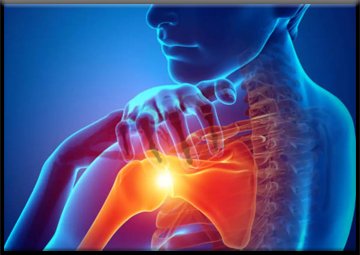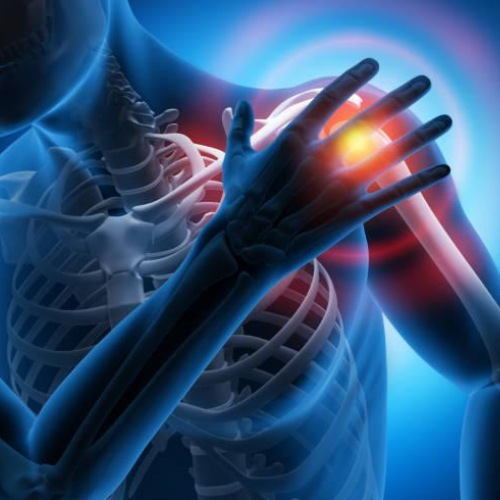Shoulder Pain
Shoulder pain is a common complaint that can significantly impact an individual's quality of life, restricting mobility and affecting daily activities. Physiotherapy for shoulder pain encompasses a comprehensive approach aimed at relieving pain, restoring function, and preventing recurrence. This tailored rehabilitation process typically involves a combination of manual therapy techniques, therapeutic exercises, education, and lifestyle modifications
Manual therapy techniques play a crucial role in shoulder pain physiotherapy. These hands-on interventions, performed by skilled physiotherapists, aim to address musculoskeletal imbalances, reduce pain, and improve joint mobility. Techniques such as joint mobilizations, soft tissue mobilizations, and myofascial release help alleviate muscle tightness, improve joint mechanics, and restore range of motion in the shoulder complex.
Therapeutic exercises are fundamental components of shoulder pain rehabilitation programs. These exercises are designed to strengthen the muscles around the shoulder joint, improve posture, and enhance shoulder stability. Depending on the individual's specific condition and functional goals,

exercises may target various muscle groups, including the rotator cuff muscles, deltoids, scapular stabilizers, and core muscles. Progressive resistance exercises, stretching techniques, and neuromuscular retraining exercises are often incorporated to address muscle weakness, tightness, and coordination deficits.
Education plays a pivotal role in shoulder pain physiotherapy, empowering individuals with knowledge about their condition, contributing factors, and self-management strategies. Physiotherapists educate patients on proper shoulder biomechanics, ergonomics, and techniques for optimizing posture during daily activities. Additionally, individuals are educated on the importance of adherence to home exercise programs, activity modification, and strategies for pain management.
One of the most common causes of shoulder pain is musculoskeletal injury, such as rotator cuff tears, shoulder impingement syndrome, or tendonitis. These injuries often result from repetitive overhead movements, lifting heavy objects, or sudden trauma, leading to inflammation, swelling, and pain in the shoulder joint.
In addition to addressing physical aspects, shoulder pain physiotherapy also emphasizes holistic care, considering psychosocial factors that may influence pain perception and recovery. Psychosocial interventions, such as cognitive-behavioral strategies, stress management techniques, and relaxation exercises, may be incorporated to address psychological distress and improve coping mechanisms.
Overall, shoulder pain physiotherapy employs a multidimensional approach focused on restoring optimal shoulder function, alleviating pain, and improving quality of life. By addressing physical impairments, providing education and support, and promoting lifestyle modifications, physiotherapy plays a vital role in helping individuals regain pain-free shoulder mobility and function.










